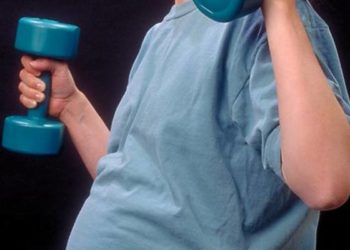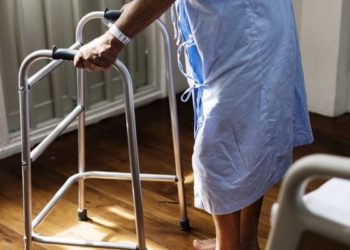High physical activity may have a role in increasing coronary artery calcification
1. Participants in the high physical activity trajectory group had a higher risk of coronary artery calcification progression compared to those in the low physical activity trajectory group after adjusting for traditional cardiovascular risk factors.
2. The high physical activity trajectory group was not associated with an increased risk of incident cardiovascular events.
Evidence Rating Level: 2 (Good)
Recent evidence demonstrates that there may be a threshold beyond which the cardiovascular benefits of physical activity (PA) are lost. Furthermore, prior studies have not explored the relationship of PA trajectories from young adulthood onwards with respect to coronary artery calcification (CAC) and the development of cardiovascular disease (CVD) later in life. As a result, the aim of the present study was to describe longitudinal changes in PA levels over a 25-year span among individuals free of CVD and evaluate subsequent CAC progression and incident CVD events.
From 1985-1986, 2497 participants (aged 18-30) were included from the Coronary Artery Risk Development in Young Adults (CARDIA) study. All study participants were included at year 15. Participants were excluded if they had missing baseline CAC data or had missing covariates of interest. PA levels were examined between years 0 and 25 through a self-reported questionnaire. CAC was measured at years 15, 20 and 25. Long term PA trajectories (low, moderate, high) were determined by latent class modelling.
The results demonstrated that participants in the high physical activity (PA) trajectory group had a higher risk of coronary artery calcification (CAC) progression compared to those in the low PA trajectory group. The high PA trajectory group did not have an increased risk of incident CVD events. However, the study was limited by the relatively low number of total participants and incident CVD events in the high PA group, which may affect the results. Nonetheless, the study design allowed for a unique opportunity to examine the association between PA in early adulthood and CVD outcomes in midlife.
Click to read the study in British Journal of Sports Medicine
Image: PD
©2022 2 Minute Medicine, Inc. All rights reserved. No works may be reproduced without expressed written consent from 2 Minute Medicine, Inc. Inquire about licensing here. No article should be construed as medical advice and is not intended as such by the authors or by 2 Minute Medicine, Inc.







